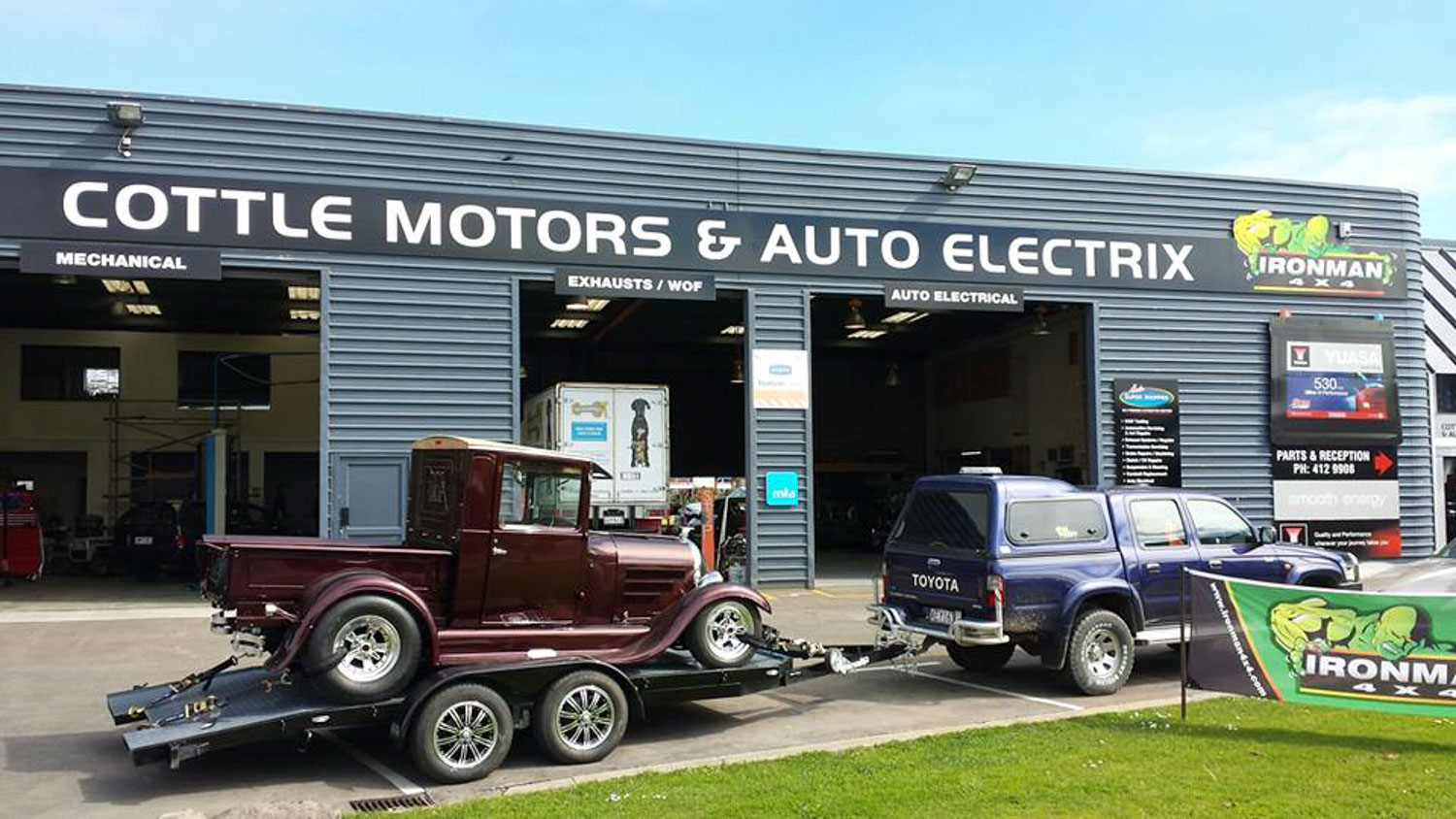
It’s that time — if you’re trying to finish a project over summer, or taking your pride and joy to an event, you’re going to want to be sure it’s not going anywhere. The Macs USA Pro Pack is a premium tie-down pack, comprising four 1.83mm ratchet straps of black polyester webbing; four 1000mm axle or through-wheel straps, with 800mm full-length protective sleeves; four protective 800mmx10mm foam-pad–covered black fleece sleeves for additional wheel protection; four strap wraps to gather webbing while in transit or storage; all contained within a premium duffel bag.
Macs Equipment have visited the manufacturing plant in Idaho, USA, and met with the owners — rest assured when you chose Macs USA tie-downs to secure your vehicles. The Macs USA Pro Pack is $456.50 (excl. GST), with further information available at macsequipment.co.nz.




